COSTA RICA: 20 Days Birding and Photography

Costa Rica is well known as a bird watcher's paradise and with good cause. Connecting south and north America, it is home to a striking variety of tropical birds. 922 species have been identified in this tiny country, more than the United States and Canada combined! Costa Rica hosts 12 of the planet’s 18 different life zones, providing a huge range of climates. Volcanoes and rolling hills of the country and different altitudes just add to the species variety. Toucans, hummingbirds, macaws, motmots, tanagers and the beautiful Resplendent Quetzal and cryptic marked Sunbittern. From the dry tropics to the humid lowlands of the Caribbean Coast, the incredible array of habitats and micro-systems creates nearly endless bird watching opportunities in Costa Rica.
Gallery
Itinerary
DAY 1 - ARRIVAL
DAY 2 & 3 - NORTHERN RAINFOREST, CARRIBEAN LOWLANDS
You will start the drive to your next destination and arrive at lunch time spending the rest of the afternoon in the gardens of the hotel, Keel-billed and Yellow-throated Toucan, Collared Aracari, Orange-chinned Parakeet, Brown-hooded and White-crowned Parrot are quite common at the deck of the restaurant. Even sightings of King Vulture is relatively regular from this deck.
This hotel offers some of the most exciting birding of the Caribbean habitat of Costa Rica with birds as rare as Tawny-faced Quail, Black-and-white Hawk-Eagle and Gray-bellied Hawk.
The two full mornings we have available we will walk on trails of the hotel looking for Black-capped Pygmy Tyrant, Great Curassow, Ornate Hawk Eagle, Pied Puffbird, White-fronted Nunbird, Ocellated Antbird, Collared and Barred Forest-Falcons, Cinnamon and Chestnut-colored Woodpeckers and Central American Pygmy Owl. Great Green Macaw is likely to be a common sighting in this location. Lunch every day will be at 12:30pm. Afternoons we will drive around the hotel to close locations for Red-breasted Meadowlark, Snowy Cotinga, Green Shrike Vireos and many others.
One of the two full days we will use canoes to explore the natural lagoons nearby to look for Rufescent Tiger-Heron, Sungrebe and Sunbittern. Every day we will return to the hotel around 5:30pm and at night we will try for Middle American Screech Owl, Black-and-white, Crested and Spectacled owls as well.
*An additional activity for those that want to get close up pictures of King Vulture is to book a morning at the King Vulture hide with an additional cost of 60US$ per person. Please inform your guide on day one.
DAY 4 & 5 - BOSQUE DE PAZ
Early birding from 6am to 7am and then breakfast. We will do a quick stop for packing and then departure to Bosque de Paz to arrive at this new hotel around lunch time. This is an excellent cloud forest site with some of the best hummingbird feeders of the country. We will arrive to the lodge and rest after the long drive before spending some time at the grounds of the hotel and at the hummingbird feeders.
The next morning we will explore the hotel´s gardens for hummingbirds, guans and sparrows. Violet Sabrewing, Green-crowned Brilliant, Green Hermit, Black-bellied Hummingbird, Magenta-throated Woodstar among others are regular at these nectar feeders.
After breakfast at 7am we will do a longer walk to look for Collared Trogon, Resplendent Quetzal, White-naped Brush-finch, Bicolored Hawk, Great Black Hawk, Chiriqui and Buff-fronted Quail Doves among others. At night the corn feeders are taken over by Pacas: a type of big and spotted endangered rodent.
DAY 6 & 7 - CAñO NEGRO WETLANDS
After the early morning at the local feeders we will start our drive to the spectacular wetlands of Caño Negro. A unique system of wetlands in the far north that is maybe the best place in Central America to get all species of Kingfishers and many other waterbirds. We will have lunch on the road and stop at a stunning place a few miles before our destination to bird watch an open road that normally provides good chances for American Kestrel, Ruddy-breasted Seedeater, Nicaraguan Seed Finch and Red-breasted Blackbird.
The next day we will meet at 5:45am in the hotel reception to go to an early boat safari at 6am. We recommend that you bring snacks and water with you as we will be having a relatively late breakfast at 8:30am. The idea here is to get early on the water to look for secretive species like Agami Heron, Green-and-rufous Kingfisher (along with commoner Green, Amazon and Ringed kingfishers), Black-collared Hawk, Yellow-breasted Crake, Song Wren, Green Ibis, Glossy Ibis among others. Spectacled Caiman and many Green Iguanas are also commonly encountered. After boat ride we will go for breakfast at 8:30am. After a quick 30 minutes break we will go birding around the hotel until 11am before the heat of the day settles in. After a mid-day break of about 1.5 hours we will have a late lunch in town at a local restaurant before departuring for another location about 1 hour from the hotel called Medio Queso. This wetland habitat is much more open and with a lot of native rice growing here naturally. Here we can find many different species like Nicaraguan Grackle, Fork-tailed Flycatcher, Spotted Rail, Least Bittern and the star of the place the elusive Pinnated Bittern, the tropical counterpart of the American Bittern. Finishing the tour at sunset and then drive back looking for owls on the road to Cano Negro, Great Potoo, Pacific Screech Owl and Striped Owl are possible. Arriving back to the hotel at 8pm for dinner.
DAY 8 - 10 ARENAL VOLCANO AREA
We will arrive in the afternoon and then bird around the hotel’s deck and around the hotel with breakfast at 7am. Green Hermit, Bronze-tailed Plummeleteer, Crowned Woodnymph and Green Thorntail usually visits the gardens as well as Emerald, Bay-headed and Silver-throated Tanagers.
Next two days, early morning start with box breakfasts spending the whole morning at La Peninsula road, part of Arenal Volcano National Park looking for Long-tailed Tyrant, White-fronted Nunbird, Keel-billed Motmot, White Hawk, Dull-mantled Antbird, Great Antshrike, Rufous-winged Woodpecker among others. Afternoon we will return to town to have lunch and a short break then head to Bogarin Trails close to town. This place usually provides good sightings of White-throated Crake and Uniform Crakes but also plenty of Montezuma Oropendola, Buff-throated Saltator, Red-legged Honeycreeper, Crimson-collared Tanager, Passerine’s Tanager, Orange-chinned Parakeet among others.
Late afternoons we’ll be looking for Striped Owl close to the hotel and then dinner in a local restaurant.
DAY 11 & 12 - CARTAGO FOOTHILLS
Before breakfast we will bird around the hotel to get the last of the birds and after a 7:30am breakfast we will head to the next location. We will drive about three hours to the Ujarras area and do birding upon arrival. This is a lovely little valley with multiple panoramic view points and one of the best places to see the endangered Cabanis’s Ground-Sparrow, the newest Costa Rican endemic (due to a recent taxonomic split), which is confined to a very small area of the Costa Rican central valley. Other good birds in the surrounding area are Bat Falcon, Garden Emerald, White-eared Ground-Sparrow, Bicolored Hawk and Hook-billed Kite, among many others.
We will have lunch in the heart of the valley where the production of local squash (Chayote) is very famous and of course we will enjoy some local dishes prepared with fresh products. During lunch we will be overlooking a hummingbird garden where many Green-breasted Mangos and Rufous-tailed Hummingbirds will be buzzing around. We will also be checking the banana feeders where Lesson’s Motmot, White-lined Tanager, Golden-hooded Tanager and Scarlet-rumped Tanager are relatively common. We will do our checklist at 6:30pm before dinner.
The second day, after leaving the hotel at 6:00 AM, we will start birding along the entrance road to the Tapanti National Park around 6:30 AM. Tapanti National Park is an outstanding pristine rainforest hosting a great number of stunning bird species like Lanceolated Monklet, Ornate Hawk-Eagle, Ochre-breasted Antpitta, Scaled Antpitta, Azure-hooded Jay, Black-thighed Grosbeak, Barred Hawk, White Hawk and, with some luck, the real rarities like Buff-fronted Foliage-gleaner, Scaly-throated Foliage-gleaner, the endemic subspecies of Black-banded Woodcreeper and Bare-necked Umbrellabird.
By around 7:30 AM, we will have our packed breakfast. In the afternoon we will have lunch nearby and then spend some time birding the gravel road close to the park. If the weather and birding is good, we might try birding a different trail in the park to look for any birds we might have missed in the morning. Along the road, we will stop at some small rivers to get a Green-fronted Lancebill, Torrent Tyrannulet, Sunbittern and American Dipper.
Supper at the hotel and then we will review the day’s bird checklist and plan for the following day.
DAY 13 - 15 - TALAMANCA HIGHLANDS
Early morning birding around our hotel and then breakfast at 7am before driving to Talamanca highlands.
Arrive around mid-day at the hotel and then depending on weather spend some time at the hummingbird feeders or give it a try to our main target here, the Resplendent Quetzal in the afternoon. The following day we will have a hot coffee or tea with a snack in early morning around 5:15 AM before taking a short drive to see one of the most elusive species in the country and maybe the most sought-after bird in Central America, the Resplendent Quetzal. This bird is considered by many to be the most beautiful bird in the Americas. We will return for breakfast to the hotel. After a good full breakfast, we will bird around the hotel and gardens and along the open roads where we might see species such as Golden-browed Chlorophonia, Black-thighed Grosbeak, Large-footed Finch, Yellow-thighed Finch, Slaty Flowerpiercer, Peg-billed Finch, Spangle-cheeked Tanager, Sooty-capped Chlorospingus (Bush-Tanager), Black Guan, Sulfur-winged Parakeet, White-throated Mountain-gem, Black-faced Solitaire, Black-billed Nightingale-Thrush, Sooty Thrush, Costa Rican Pygmy-Owl and Long-tailed Silky-flycatcher.
The next day, we will walk one of the hotel’s trails and spend some time at their feeders, giving us additional opportunities to see some of the above-mentioned species and more. A few other new species we hope to find this afternoon include Lesser Violetear, Talamanca Hummingbird, Volcano Hummingbird and Fiery-throated Hummingbird as the most common sights drinking nectar from the hummingbird feeders. Flame-throated Warbler, Ruddy Treerunner, Barred Becard and Silvery-fronted Tapaculo are normally heard and can be potentially call out from the dense vegetation by your guide; and the gorgeous Spotted Wood-Quail and Buff-fronted Quail Dove sometimes come to scratch the compost of the hotel near the parking area.
Also, Band-tailed Pigeon and Barred Parakeet tend to fly over constantly right before the sunset starts, they are extremely colourful at this high elevation in February. Later in the afternoon we will drive to a specific spot on the road to try for Bare-shanked Screech-Owl and Dusky Nightjar, both regional endemics of Costa Rica and western Panama.
DAY 16 & 17 - CENTRAL PACIFIC
We can do some easy birding at 6am to get some targets we are still missing from the previous day. Breakfast at 7am and then we will start heading to our next location in Central Pacific. Is a long drive of 3 hours so we will start relatively early to stop along the way to look for a few targets in case we still need the Fiery-billed Aracari and Speckled Tanager. We will arrive at the next hotel around mid-day we will have lunch in a restaurant on the seaside.
After check in at our hotel we will have a short break and continue birding around our hotel when the afternoon gets cooler. This place has a strong dry forest influence so White-throated Magpie Jay, Cinnamon Hummingbird, Hoffmann's Woodpecker, Rufous-and-white Wren, Crane Hawk among others are likely in a close hike from the hotel. At night we will try for Pacific Screech-Owl near the rooms. We will do checklist at 7:00pm at dinner.
The next morning we will start early at 5:30am for a very productive boat tour in the mangroves and hopefully get Roseate Spoonbill, Wood Stork, 3 species of Kingfishers, Mangrove Vireo and Mangrove Hummingbird. Later in the morning (or maybe in the afternoon depending on time and heat) we will invest some time exploring the Carara National Park looking for Fiery-billed Aracari, Royal Flycatcher, Collared Forest Falcon, Red-capped and Blue-crowned Manakins, Slaty-tailed, Baird’s, Black-throated and Gartered Trogons. Rufous-tailed Jacamar and White-whisked Puffbird inhabit this forest too. Scarlet Macaw are very likely to be everywhere all the time we spend in Central Pacific and the photographic opportunities are usually numerous. We will do checklist at 6:30pm and dinner at the hotel.
DAY 18 & 19 - THE DRY FOREST
In the morning we will invest some time exploring the entrance road of the hotel looking for missing bird species from previous day and then head to our next hotel on the beach side.
The dry forest is one of the most endangered ecosystems and is located in NW of Costa Rica. In the drive to this hotel we can stop in several places to look for mangrove species like Mangrove Vireo, Mangrove Cuckoo, Mangrove Hummingbird and with some luck the rare and recently split Mangrove Rail. Then we will arrive in late afternoon at our hotel to look for Pacific Screech Owl and watch the sunset.
Next morning we will bird the surroundings of our hotel looking for White-necked Puffbird, Crested Bobwhite, Streak-backed and Spot-breasted Orioles, Double-striped Thick-knees among many others.
Afternoon we will drive the dry forest roads in the entrance of the hotel looking for more dry forest specialties and then finish the day looking for Ferruginous Pygmy Owl.
Rates
December to April and July and August are the drier months and good birding months for Costa Rica.
Inquire for custom dates
Please inquire for rates
Included: Transportation on spacious bus, Specialized guide with Spotting Scope, All meals included starting with lunch on day 1 and ends with breakfast on day 20 , Accommodation in all hotels, Entrance fees to: Bogarin Trails, Caño Negro Boat Tour, Boat Tour in Tarcoles River, Tapanti National Park
Excluded: Airfare and airport taxes, Items of personal use, Travel insurance and Medical, Additional tours offered in hotels, Alcoholic beverages, Laundry, Souvenirs, King Vulture hide (60USD per person)



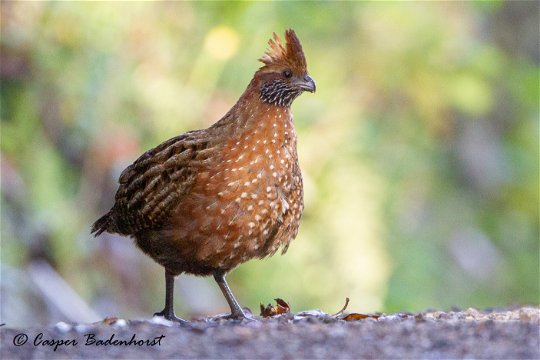
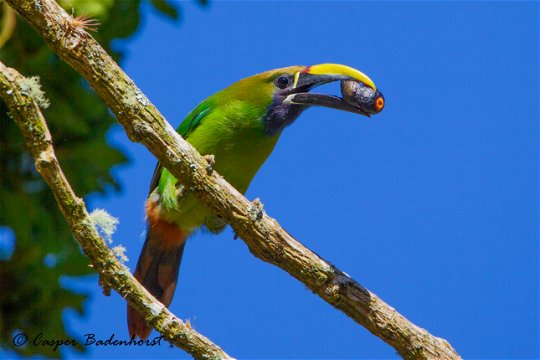
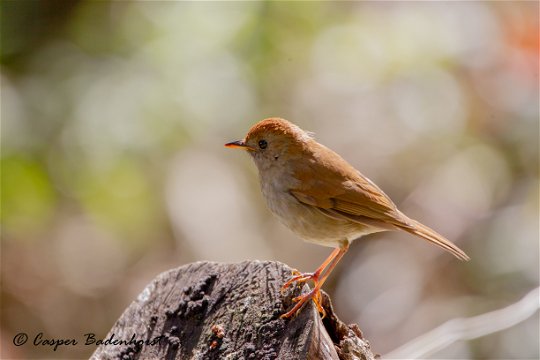
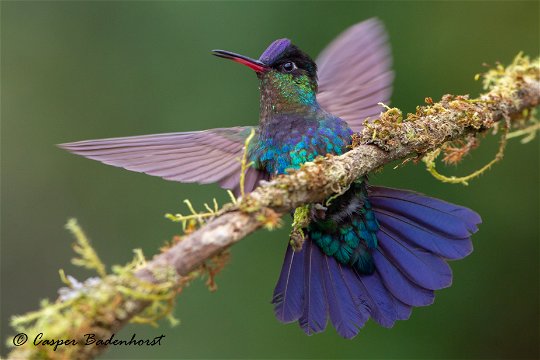
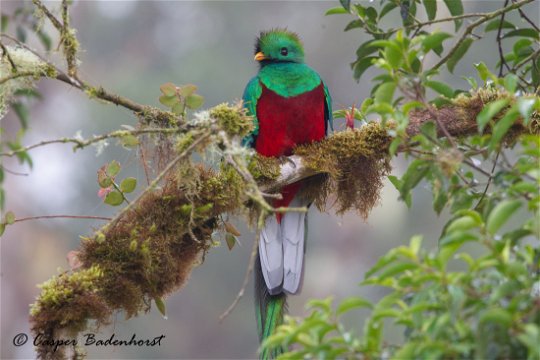

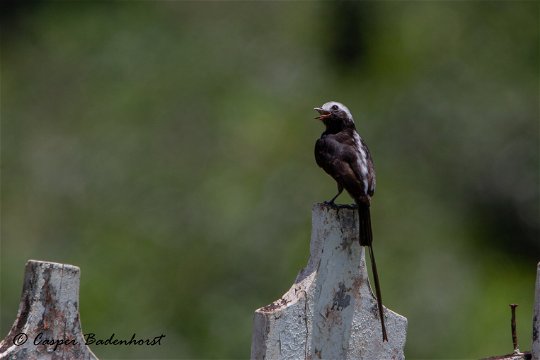
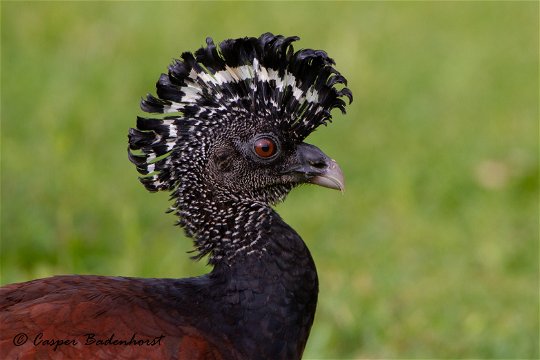


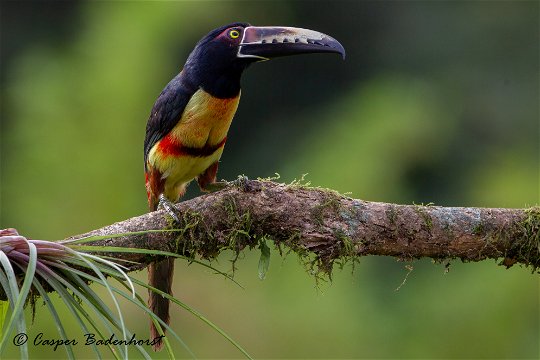
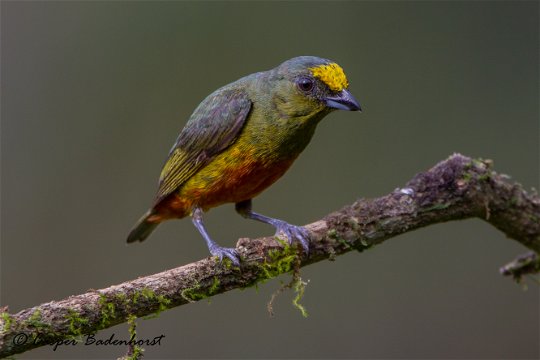

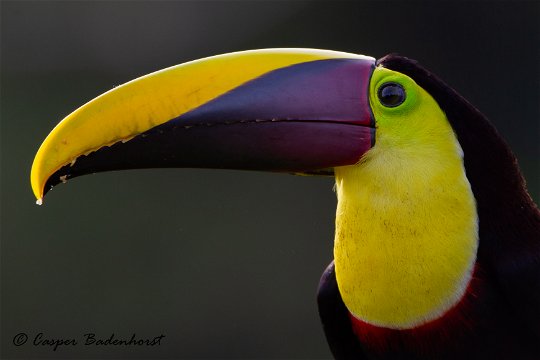

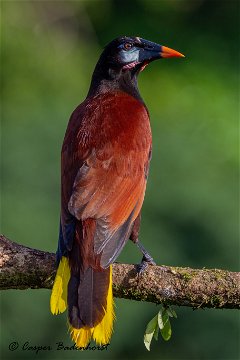

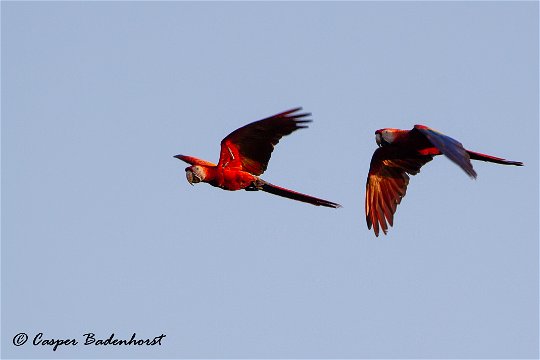
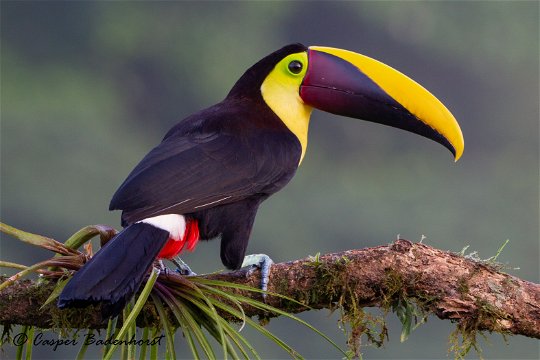
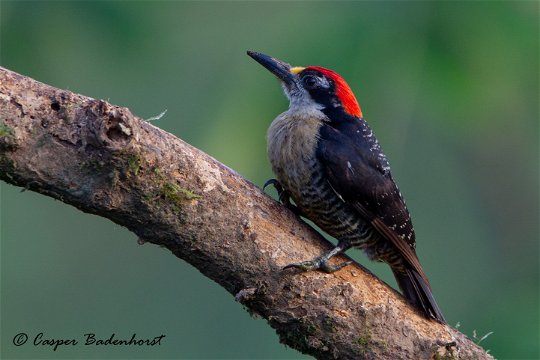
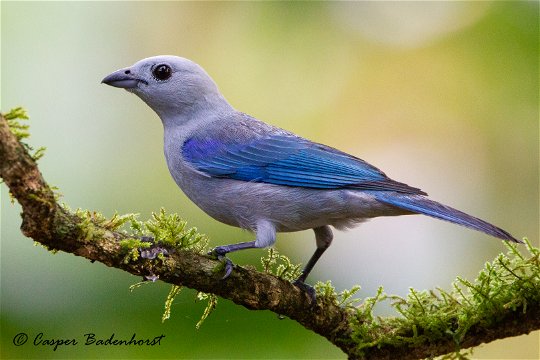
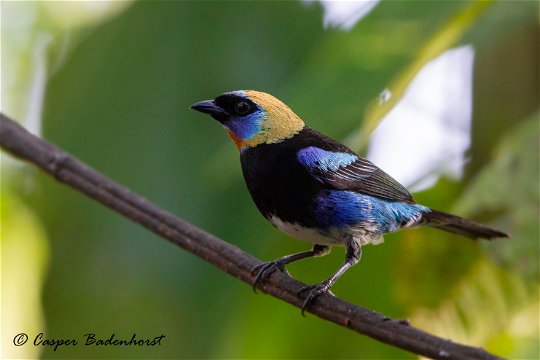


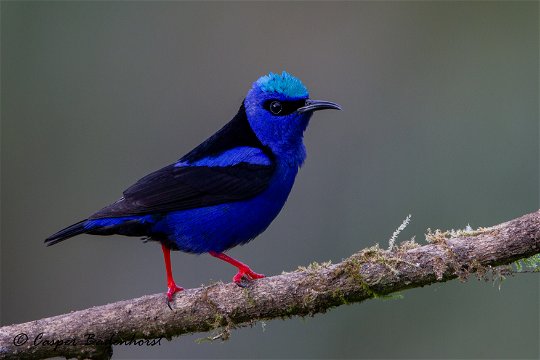

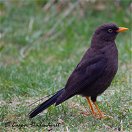
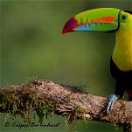
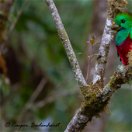

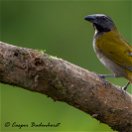
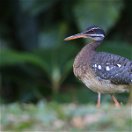

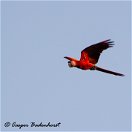

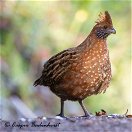
Share This Page